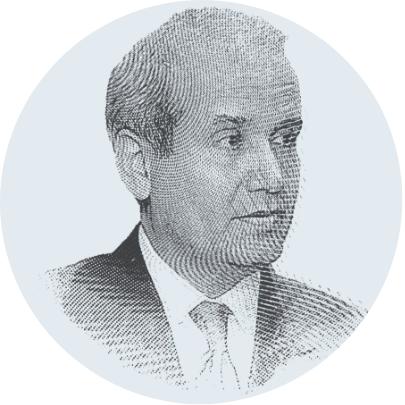It has become well known that US President Donald Trump enjoys a distinctive relationship with Saudi Crown Prince Mohammed bin Salman. The two leaders are now meeting again in Washington.
Between Trump’s two trips to Riyadh, the first in 2017 and the second just six months ago, the world has shifted. In these eight years, major events reshaped the region and the international landscape, from rising competition with China and the war in Europe to multiple fronts igniting across the Middle East and its strategic waterways.
Given this official and personal bond between the president and the Crown Prince, expectations are high about how it will influence relations between their countries and the wider region. In Washington, I heard extensive policy discussions about what this visit could achieve and what its implications might be for peace with Israel, ties with Iran, the region’s geopolitical balance, and the long term economic, military, and nuclear partnership that Riyadh and Washington are trying to structure through the mid-twenty-first century and possibly beyond.
We see that Saudi Arabia managed its regional relationships with the goal of preventing broader collapse, starting with the Beijing-brokered agreement with Iran and continuing through Riyadh’s revival of the two-state solution. That proposal triggered a wave of regional and international support, along with expectations of collective ties with Israel down the line.
A series of steps ranging from Beijing to Tehran, Islamabad, and Damascus shows the nature of the Crown Prince’s approach: balanced relations, de-escalation, and preparing the region for a different phase.
Trump has articulated a parallel vision. In his address to Israel’s Knesset, he said Israel had achieved all it could through military force and that the time had come to channel its strength toward peace.
Another major file is Saudi Arabia’s military buildout. One of the important issues on the Washington agenda is creating a counterbalancing force that can reinforce a regional peace that now looks more possible than at any time in recent memory, despite the remaining pockets of conflict.
The project the Crown Prince has personally championed is economic transformation, not war or political rivalry. His program is built around moving his country from the present to the future. The sweeping changes implemented inside Saudi Arabia are precisely what caught Trump’s attention. Trump himself is an unconventional figure with a modernization project of his own. He has cast himself as a reforming president seeking major, even historic, changes in the United States and its global posture.
The Crown Prince and the president are capable of working together whenever possible to push the region toward greater stability. When Trump launched his mediation to halt the Gaza war, he said he wanted to move from simply stopping hostilities to ending the conflict altogether.
Trump has already proven himself by navigating two crises. The first emerged under former President Barack Obama with the Iran nuclear deal, which triggered serious instability. During his first term, Trump managed to dismantle the deal and contain Iran’s activity. The second crisis was the October 7 attacks. Though they occurred before his second term began, Trump was determined once in office to prevent regional escalation. He stopped the war between Iran and Israel, intervened to halt the Gaza war, previously stopped the Lebanese front from exploding, and moved quickly to absorb the changes within the Syrian regime.
Saudi-US relations are one of the central pillars of this visit. Today, those ties are in one of their strongest and most prosperous moments.
Bilaterally, the two sides are working through major files: the civilian nuclear energy project, the defense pact and advanced arms deals, and hundreds of economic agreements and initiatives that receive surprisingly little media attention despite their significance.
Although Riyadh’s strategic partnership with Washington is solid, and although the Crown Prince’s relationship with the president is exceptional, Saudi Arabia has continued to maintain broad interests with other major economic and political players instead of tying itself exclusively to one side. This balanced approach does not diminish the special connection with Washington, which has flourished further under Trump. Today’s moment resembles the late stages of World War II, a period when global relations were being reshaped. In 1945, President Franklin D. Roosevelt requested a meeting with King Abdulaziz, leading to the famous USS Quincy summit that laid the foundation for a pivotal, long-lasting era in bilateral relations under a changing world order.
Trump’s second-term foreign policy and his broader strategic vision are becoming clearer and more assertive amid intense rivalry among global powers. His administration is aligning itself with successful economic powers, not just military ones. Saudi Arabia’s importance lies in its central role in the region and the Islamic world, its influence on global energy security, and its emergence as a rising economic force within the G20. It is also a major investment partner for the United States. It is no exaggeration to say that strong Saudi-US relations have a profound impact on regional stability and prosperity.
